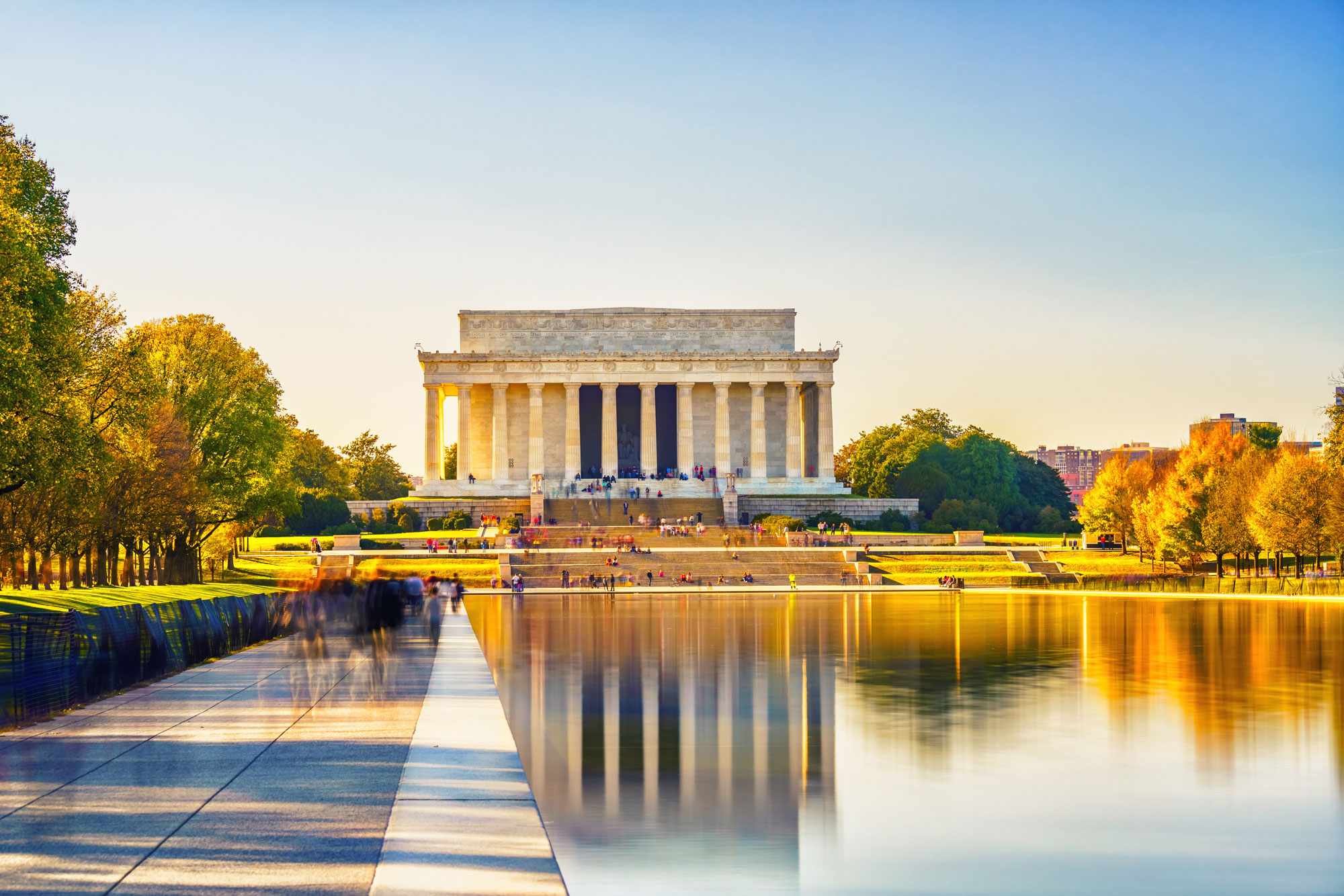 Our nation was founded upon, in the words of the Declaration of Independence, the “self-evident” truth that “all men are created equal.” As such, Americans know that each and every one of us is “endowed by our Creator with certain unalienable rights,” among which are “life, liberty, and the pursuit of happiness.”
Our nation was founded upon, in the words of the Declaration of Independence, the “self-evident” truth that “all men are created equal.” As such, Americans know that each and every one of us is “endowed by our Creator with certain unalienable rights,” among which are “life, liberty, and the pursuit of happiness.”This notion of equality in the eyes of God — and therefore, equality in the eyes of the law — has been a noble ideal that we haven’t always lived up to. But we fought a Civil War to assert this principle, and a generation of young men gave their lives in defense of this truth. After the Civil Rights movement, we finally became a nation in which everyone was held equal under the law.
However, that doesn’t mean that state-sanctioned racial discrimination is dead. One of the most pernicious violations of this equality principle today can be seen through the widespread practice of affirmative action in our university systems.
Even though the Civil Rights Act of 1964 expressly prohibits discrimination on the basis of race, the Supreme Court has held that colleges and universities may consider race as a factor in their college admissions decisions. In practice, this means that our nation’s places of higher learning can discriminate against some groups of Americans based on nothing other than the color of their skin — a far cry from Dr. Martin Luther King Jr.’s dream of a world where content of character, rather than color of skin, was what truly matters.
The evidence shows that this pattern of discrimination plays a significant role in college admissions decisions, too. One study in particular show that for Asian Americans to have an equal opportunity to get into Harvard University, they must score 140 points higher than white students, 270 points higher than Hispanic students, and a full 450 points higher than black students on the SAT.
Another study shows that an Asian American applicant in the fourth highest decile has roughly a 6 percent chance of admission to the University of North Carolina—yet if they were black, that number would jump to 58 percent. In that same study, an out-of-state white male with a 10 percent chance of admission would see their odds jump all the way to 98 percent if they were black.
The Constitution — and indeed, the very promise of America — promises equal protection of the laws for all Americans, regardless of skin tone. Affirmative action is a malicious policy that spits in the face of this very principle and advantages some individuals over others for nothing more than the color of their skin.
Of course, when affirmative action first began, it was a very different time in America. The effects of segregation were still widespread, and the pains of inequality were still felt by many African Americans. But this era has long passed, and we can proudly say that today African Americans and other minority groups are treated equally in the eyes of the law. For this reason, all the way back in the early 2000s case Grutter v. Bollinger, Supreme Court Justice Sandra Day O’Connor said “we expect that 25 years from now, the use of racial preferences will no longer be necessary.”
Now, the Supreme Court has a chance to overturn the use of race as a factor in college admissions. Last October, the Supreme Court heard two cases that challenged the use of affirmative action, and a decision should be released later this year.
Our country has fought bravely to defend equal rights under the law, and in our constitutional republic, the most meritocratic ideas ought to win out. All Americans of goodwill should reject a system to values uncontrollable characteristics, such as race, over achievements and character.
When lesser-qualified candidates are valued over more-qualified ones on the basis of race alone, our whole society suffers for it. We should hope that the Supreme Court ends the practice of affirmative action once and for all, and as Americans, we should all continue to stand for liberty, justice, and equality under the law.

